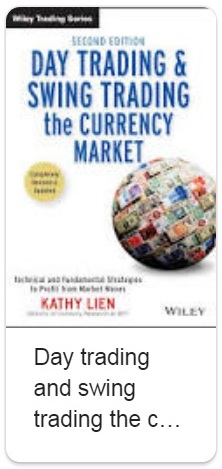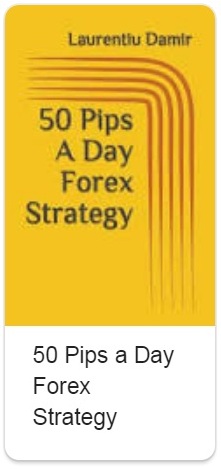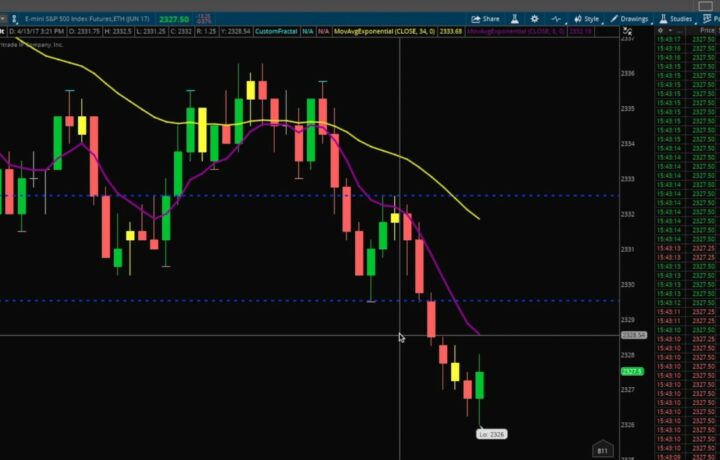Good Day Trading Stocks, Everyone Fails With Penny Stocks & Day Trading — Here's Why – Day Trading Tips For Beginners.
Check out our FREE investing starter kit, it covers all the basics and has 5 stocks to get you started, go to https://www.Fool.com/StartThe topic: How do I trade penny stocks?
We get this question a lot because there is no shortage of people online talking up day trading. A quick search on YouTube and you’ll find and endless stream of videos with some guy smiling in front of a computer with a bunch of charts on the screen and a promise that he can teach you how to make thousands of dollars from anywhere in the world!
The problem with day trading penny stocks is that it combines two of the most destructive investing pitfalls:
– Trying to time the market
– Buying “stocks” instead of businesses
A lot of our videos talk about the difficulties of trying to time that market, that is, to read technical indicators to try and buy stocks at the absolute bottom and sell them at the absolute top.
Day trading takes market timing and puts in on steroids because buy and sell decisions are made daily or hourly based on stock price movements. On top of the issues that come with timing the market, day traders are often paying fees on every. single. transaction. So even if trades are profitable, they come with $5-$7 brokerage commissions.
Oh, and because day trading tends to denominate time in hours, days and weeks, most of the gains investors earn are taxed at the short-term capital gains rate — aka your standard income rate, which is between 10 and 37% for most people — instead of the more favorable tax rate investors get for holding an investment long-term — 0, 15, or 20 percent.
But you would be lucky to even have profits to tax with penny stock day trading.
In the mid 2000s, a group of academics studied the activity of day traders on the Taiwan Stock Exchange, they found:
Heavy day traders earn gross profits, but their profits are not sufficient to cover transaction costs. Moreover, in the typical six month period, more than eight out of ten day traders lose money.
The researchers closed with saying:
Prospective day traders should be apprised of their likelihood of success: only two out of ten make money; fewer do so consistently.
Market timing is hard, which is why so few people are able to do it and make money consistently. Add to that the seedy elements of penny stocks and it becomes even harder to make money.
The world of penny stocks is rife with speculation and hearsay, and these stocks tend to move more on buzz than core business fundamentals.
That’s because penny stocks are generally:
Smaller less established companies, have market capitalizations (or total business value) of less than $100 million, and share prices below $5, trade OTC, or “over-the-counter,” meaning that they aren’t traded on major exchanges like the New York Stock Exchange or the Nasdaq.
This means that the companies don’t have to follow the more rigorous reporting requirements established by these major exchanges, AND that shares are less liquid.
Liquidity is a squishy concept, but basically a less liquid stock will move more dramatically when any one person tries to buy or sell it.
Penny stocks often catch the eye of new investors because the shares don’t cost a lot of money, and the low share price makes big returns so easy to imagine. It doesn’t seem far fetched for a stock currently trading at 10 cents to one day be worth 30 cents — and with only $100 you could buy 1000 shares!
The reality is that those shares are probably priced at 10 cents for a reason. Most penny stocks are unproven businesses with limited operating history, and many of them don’t have tangible products or profits to show investors. They trade over-the-counter because they operate on the margins of our financial markets, which makes them a rich area for fraud and manipulation.
In a best case penny stock scenario, you might be buying an unproven company that hasn’t been vetted by analysts and exchanges.
In the worst case scenario, you could be a sucker for pump-and-dump schemers.
Penny stock promoters will talk up little-known companies worth only a couple of million dollars and blast online forums explaining that the business is working on game-changing technology that could make the company worth 100X what it currently is.
Before they do this, they’ll buy shares, then enjoy the ride up as new investors bid up the stock price, then the fraudsters will cash out and make money.
Their followers will be left holding shares of a company they don’t actually know anything about, and with fake hype gone, the shares will drop back down to their previous lows.
Penny stocks and day trading are one of those situations where two negatives don’t multiply to make a positive for investors, they add to create an even bigger loss.
– Buying “stocks” instead of businesses
Penny stocks often catch the eye of new investors because the shares don’t cost a lot of money, and the low share price makes big returns so easy to imagine. It doesn’t seem far fetched for a stock currently trading at 10 cents to one day be worth 30 cents — and with only $100 you could buy 1000 shares!
 , Good Day Trading Stocks
, Good Day Trading Stocks
Day Trading Tactics Everyone Fails With Penny Stocks & Day Trading — Here's Why.
Explore Interesting Articles Explaining Learn Day Trading Online.
Assuming you function nine to 5 in the U.S., you can trade prior to or after work. The most effective trading approach in those time blocks is to choose one of the most energetic money sets (those with one of the most price activity). Recognizing what times the significant currency markets are open will certainly help in choosing significant pairs.
- New york city opens up at 8:00 a.m. to 5:00 p.m. EST
- Tokyo opens up at 7:00 p.m. to 4:00 a.m. EST
- Sydney opens at 5:00 p.m. to 2:00 a.m. EST
- London opens up at 3:00 a.m. to 12:00 noontime EST
The markets in Japan and also Europe (open 2:00 a.m.– 11:00 a.m.) remain in full speed so part-time traders can pick major money pairs. These include the EUR/JPY set or the EUR/ CHF set for major currencies or sets that entail the Hong Kong dollar (HKD) or Singapore dollar (SGD). The AUD/JPY pair could also work well for part-time traders offered during the 5 p.m. to midnight timeframe. While it is essential to comprehend the very best money sets that fit your timetable, prior to placing any kind of wagers the investor needs to carry out additional evaluation on these sets and the fundamentals of each money.








